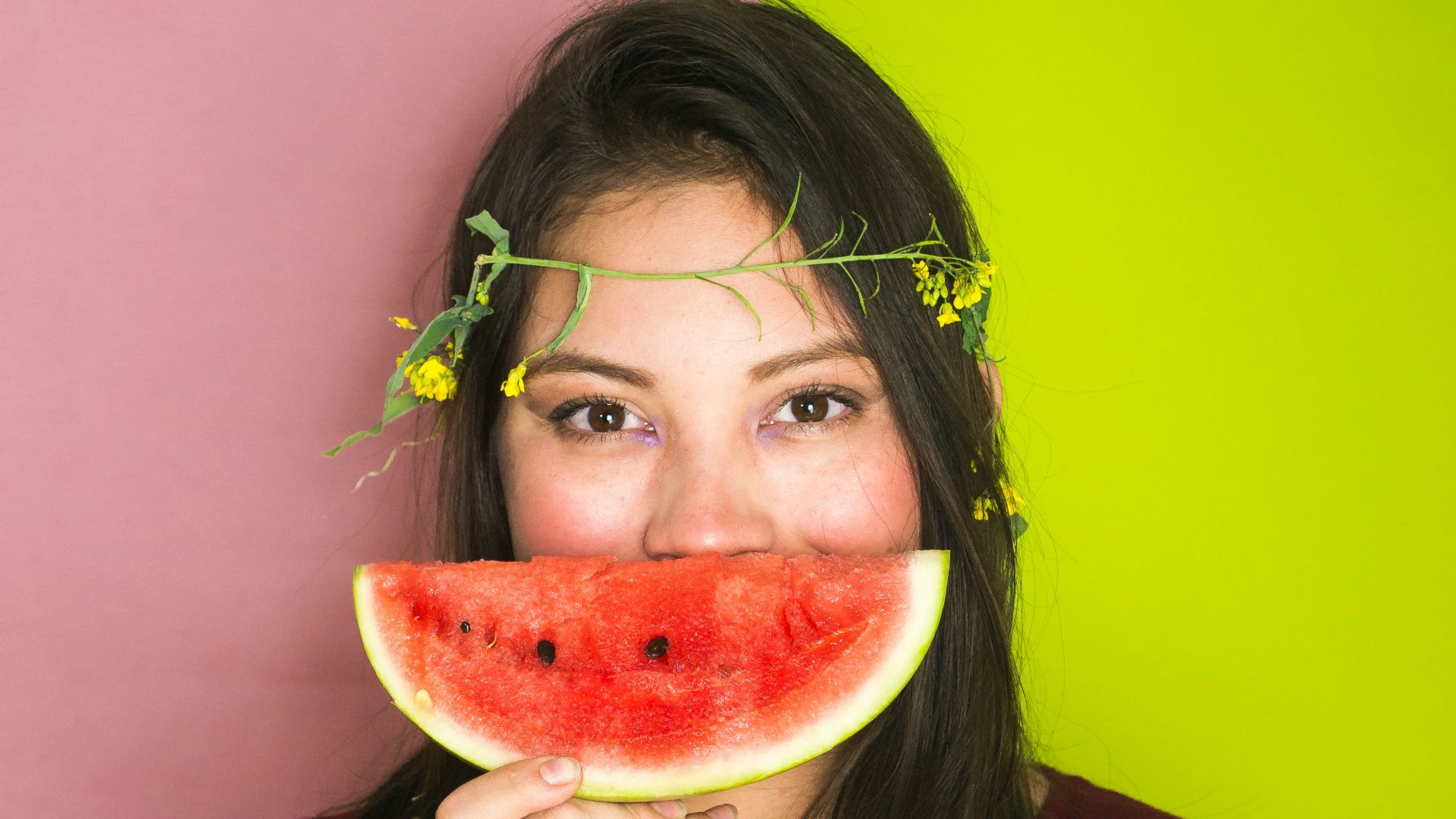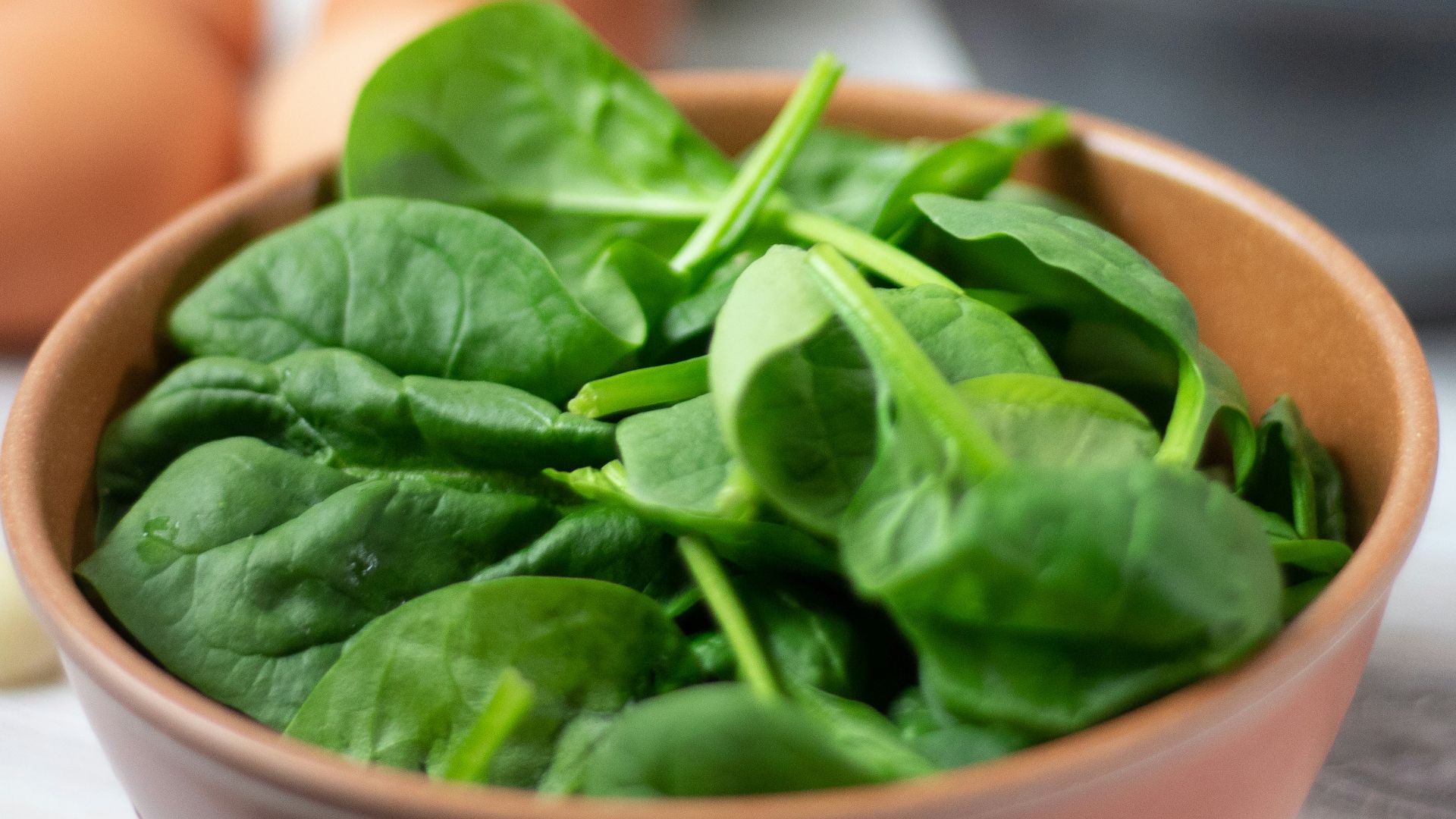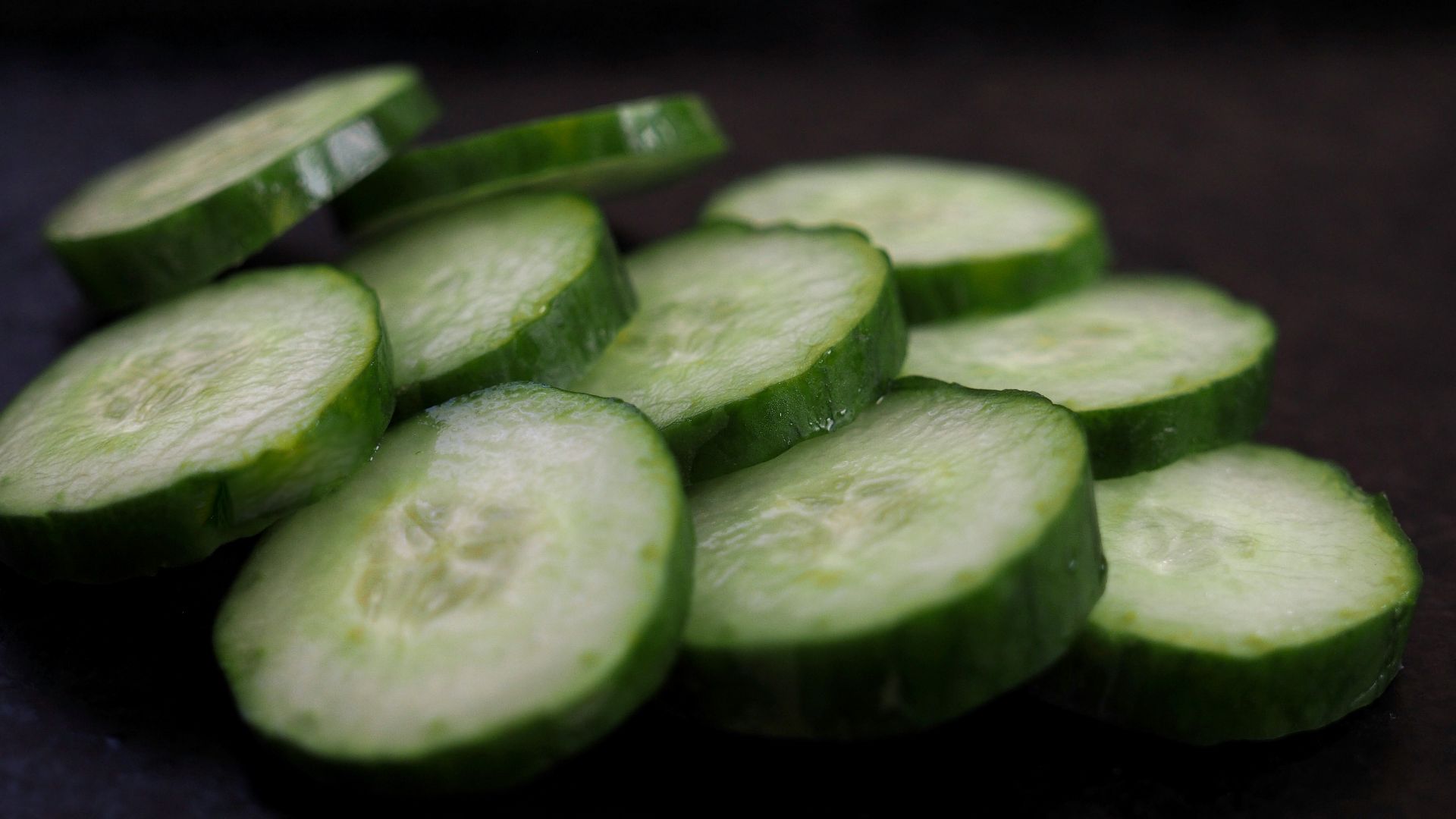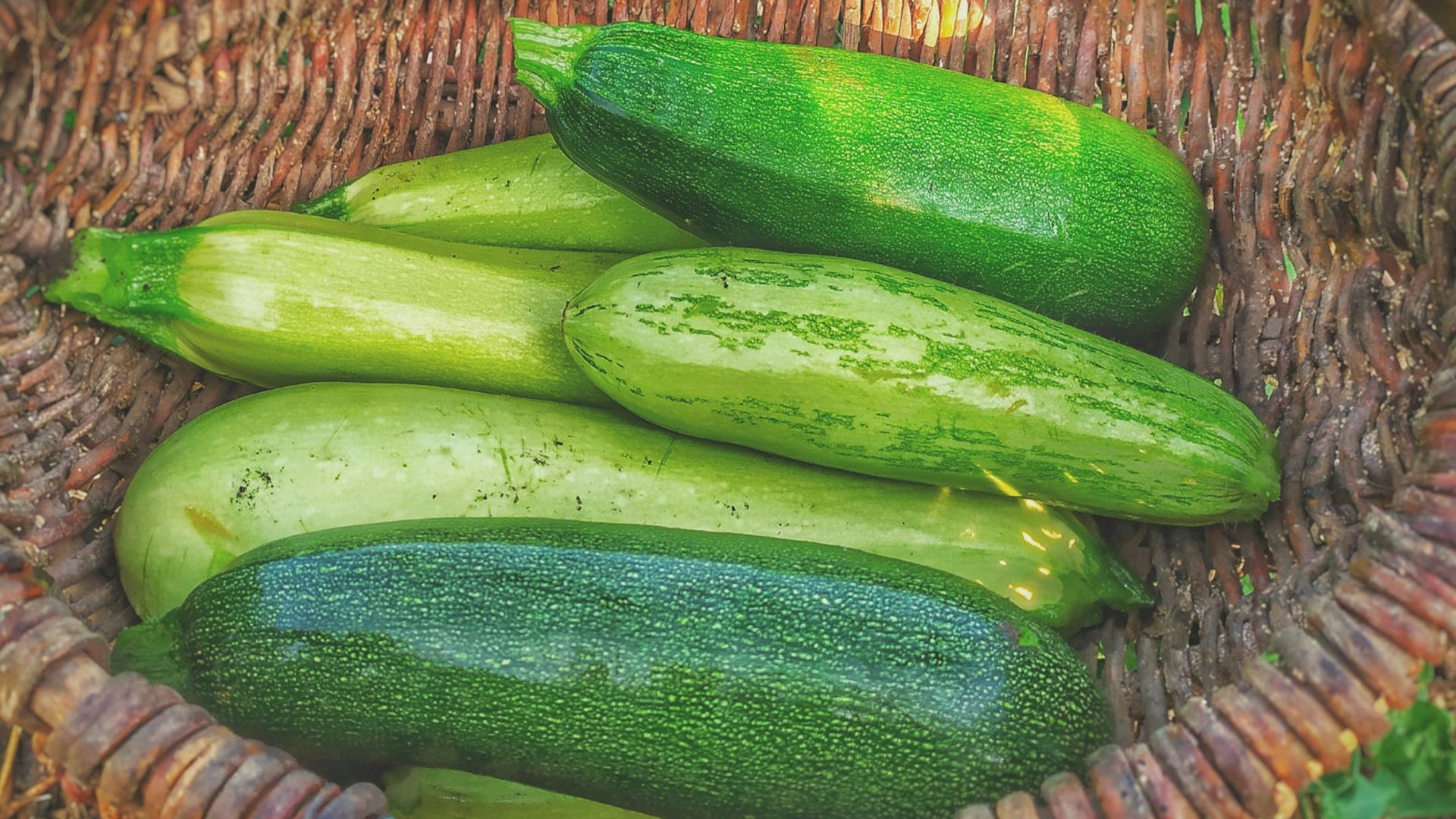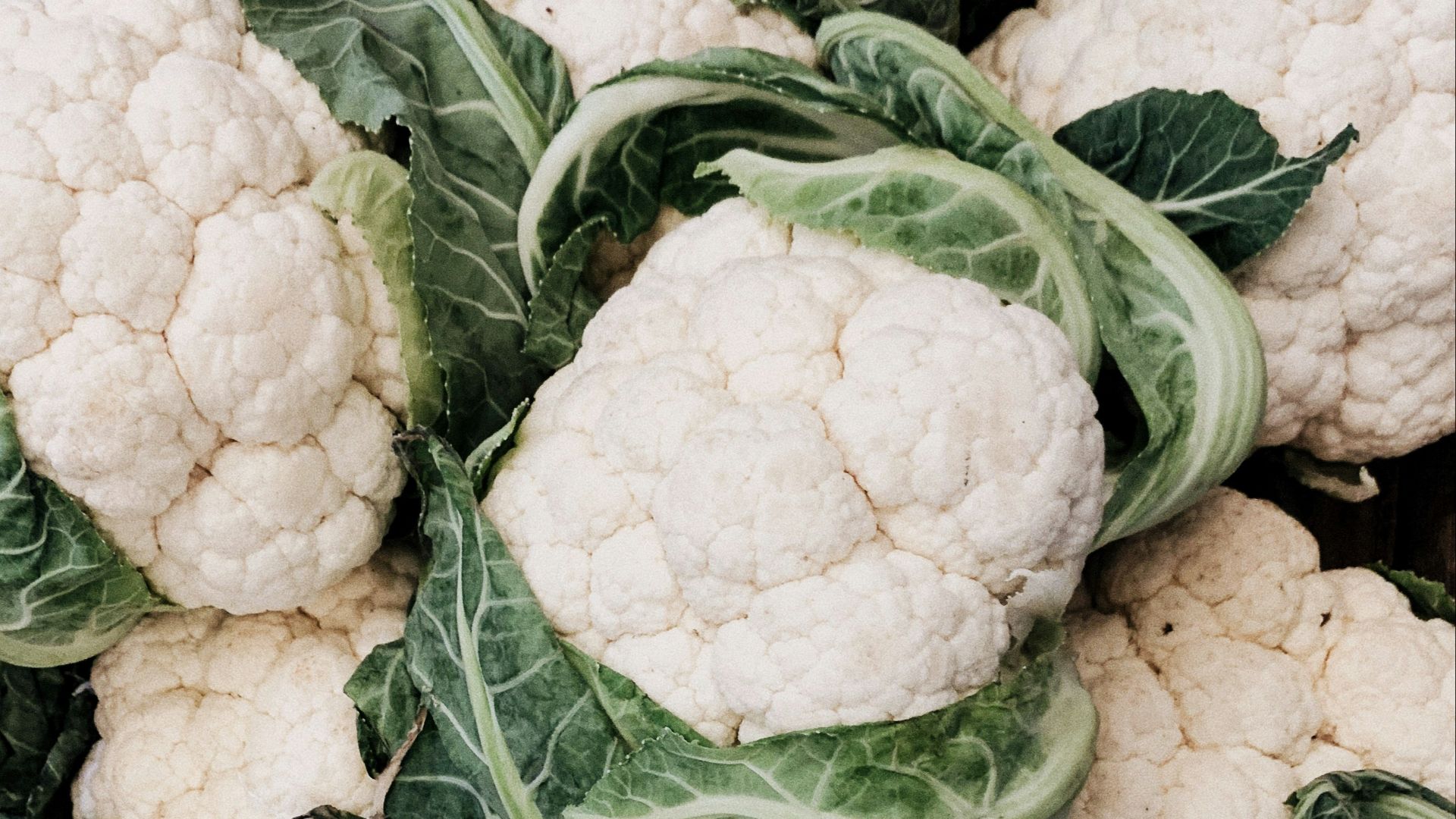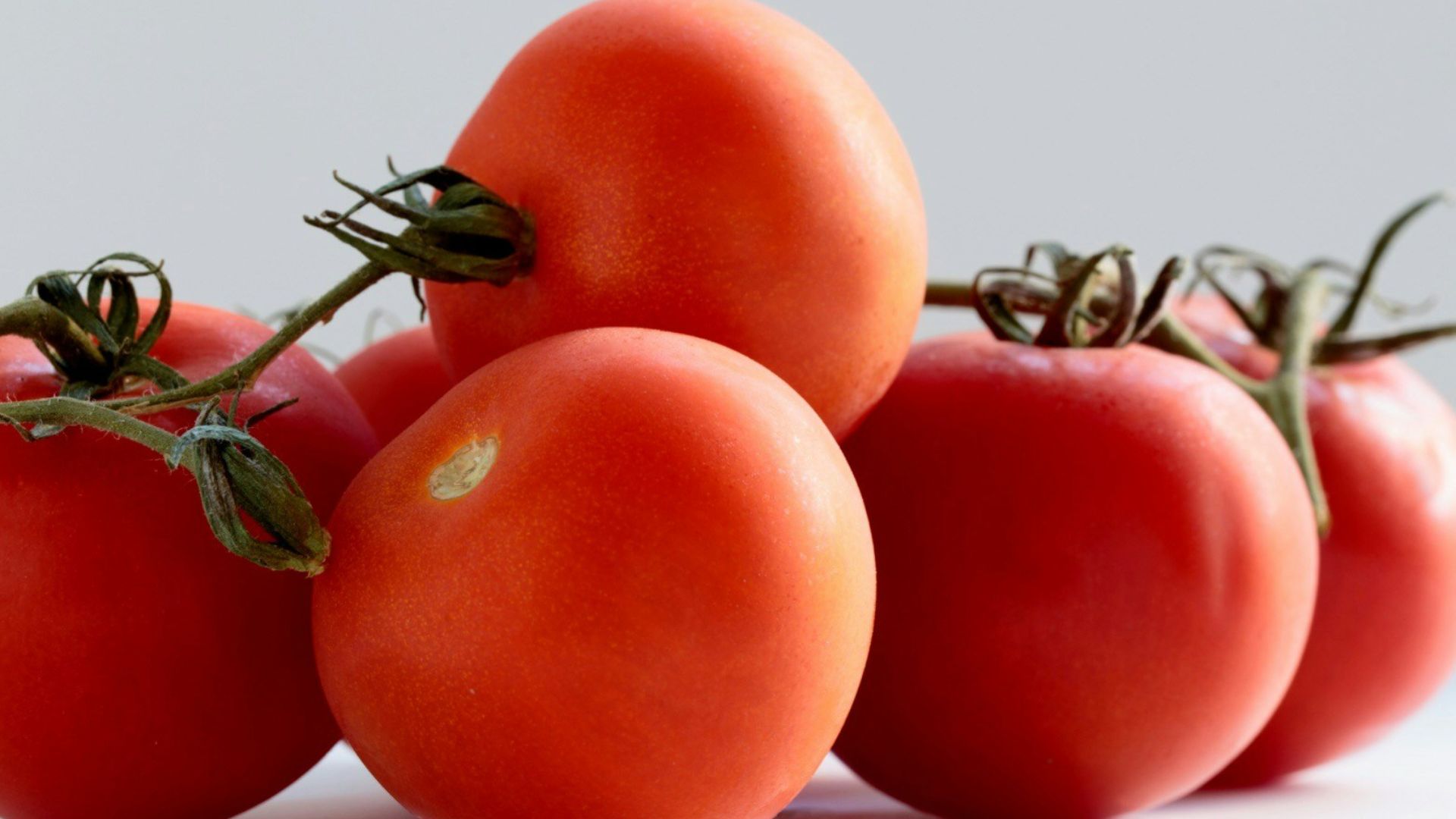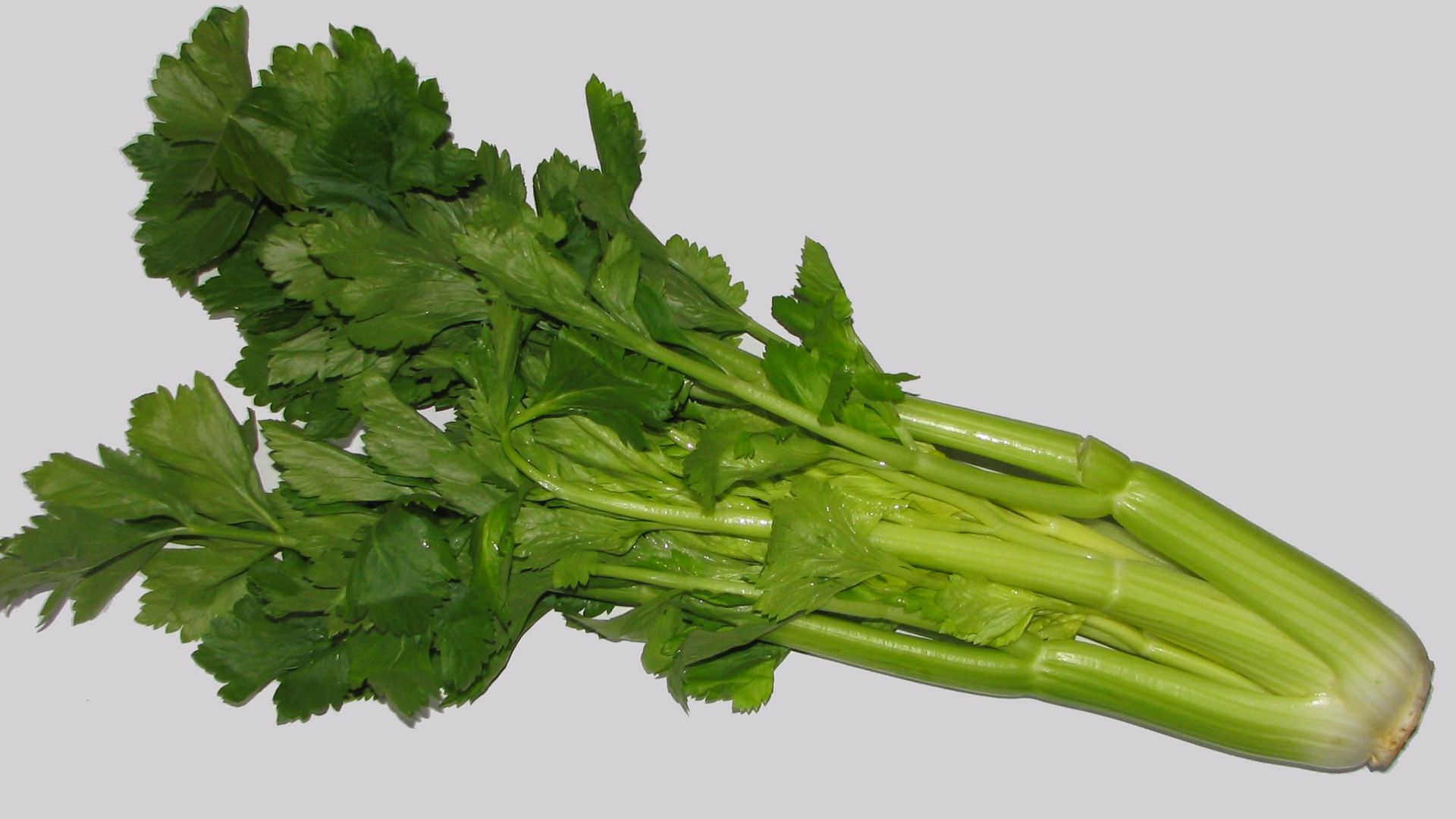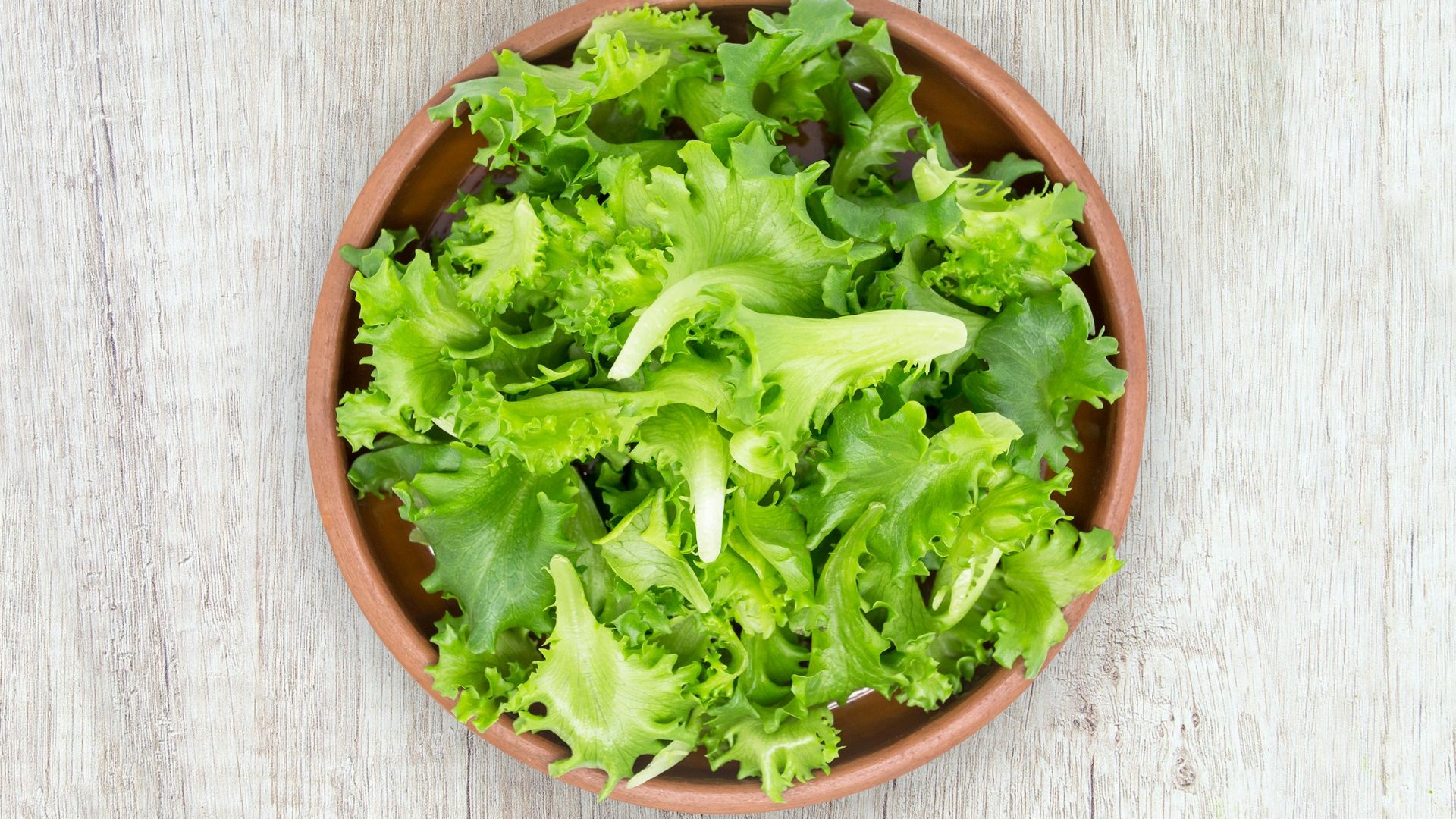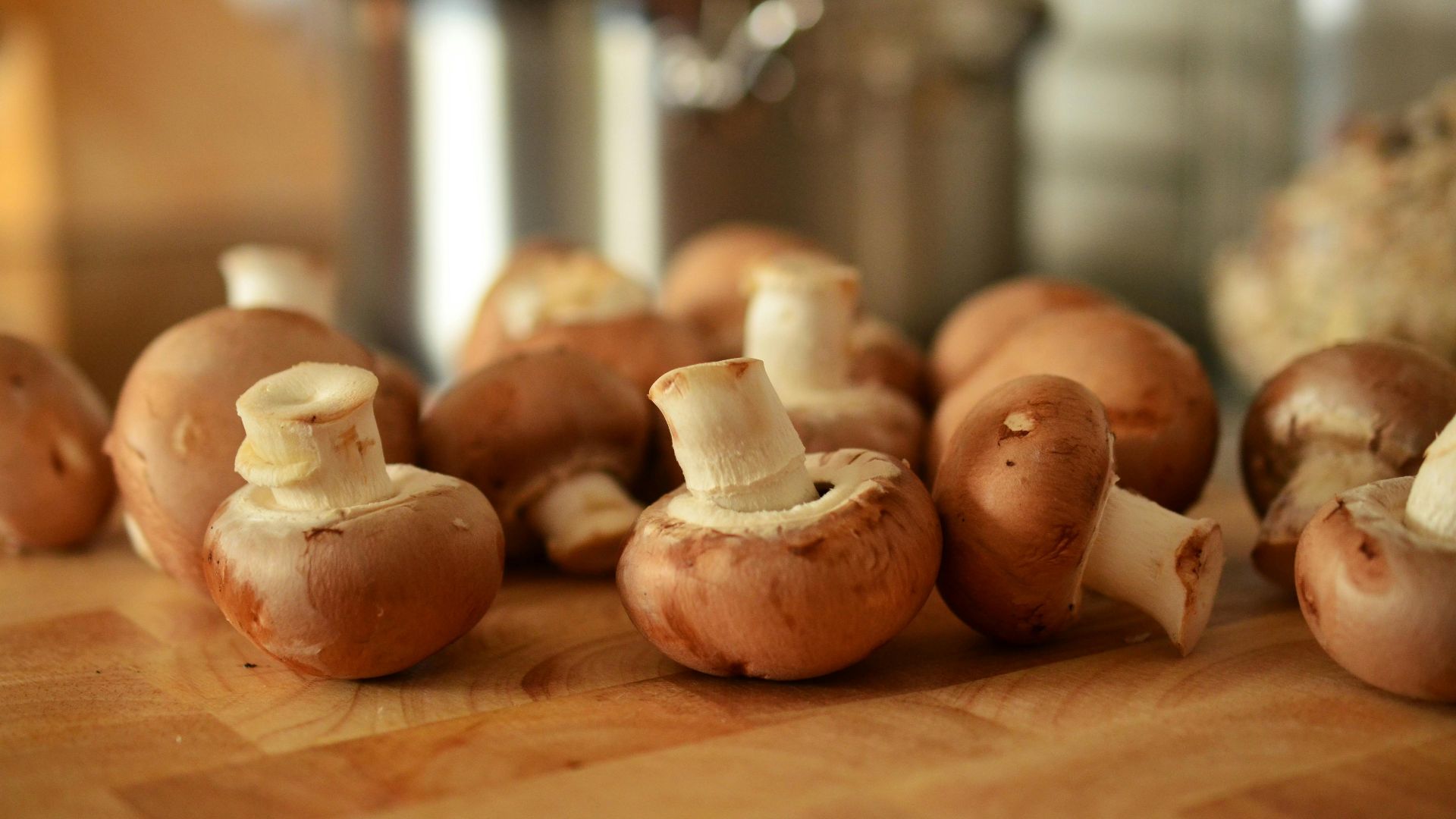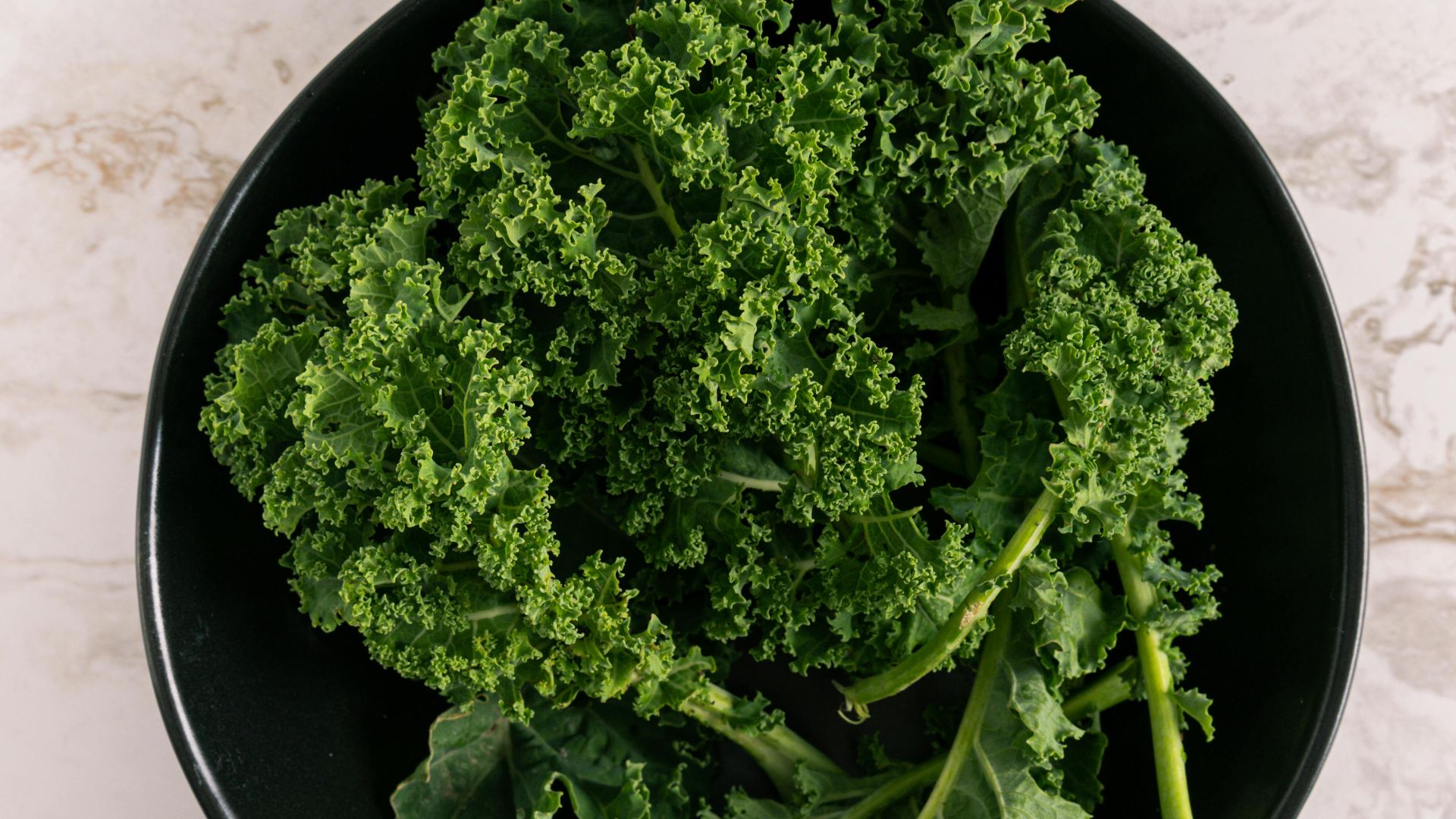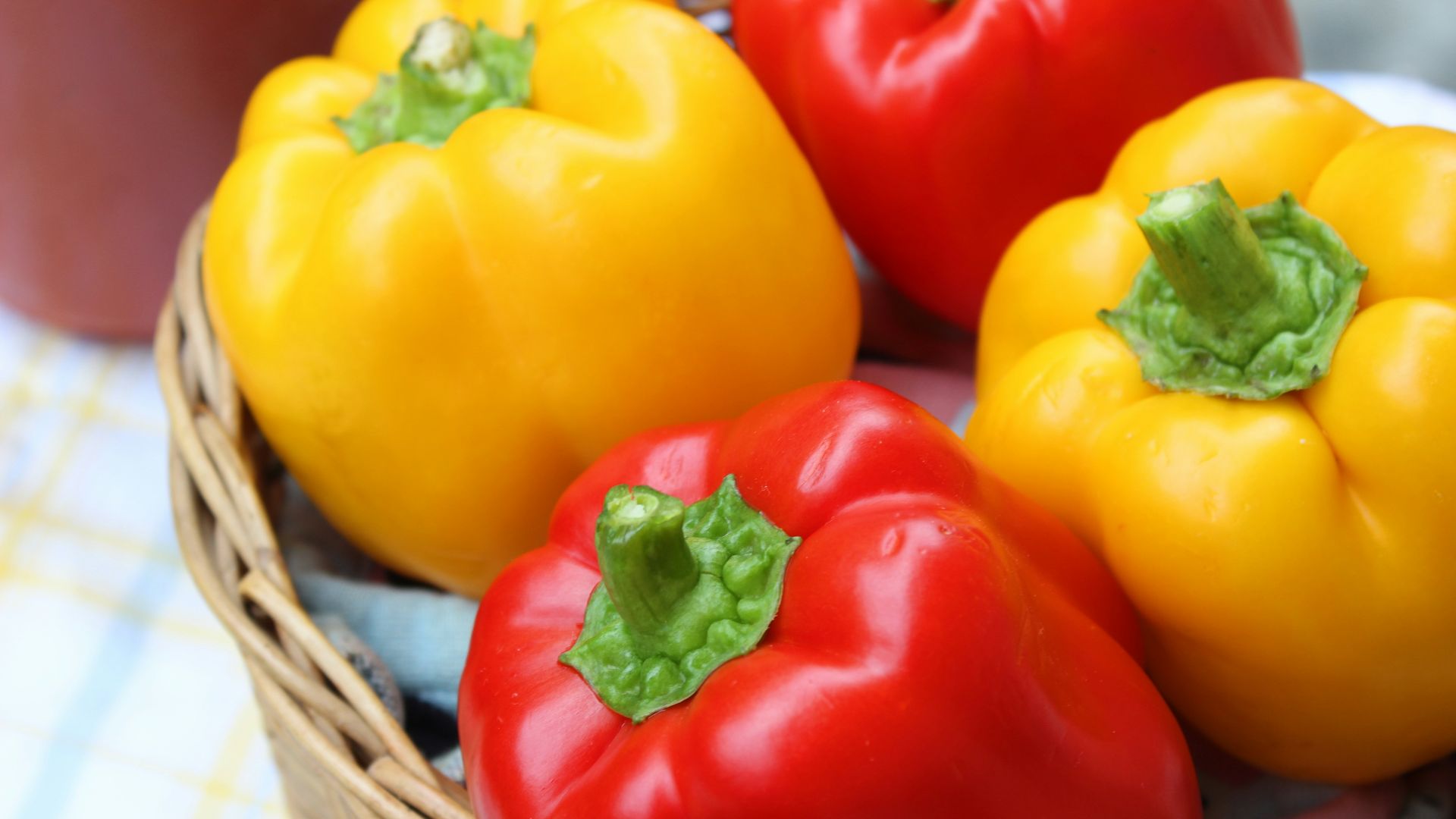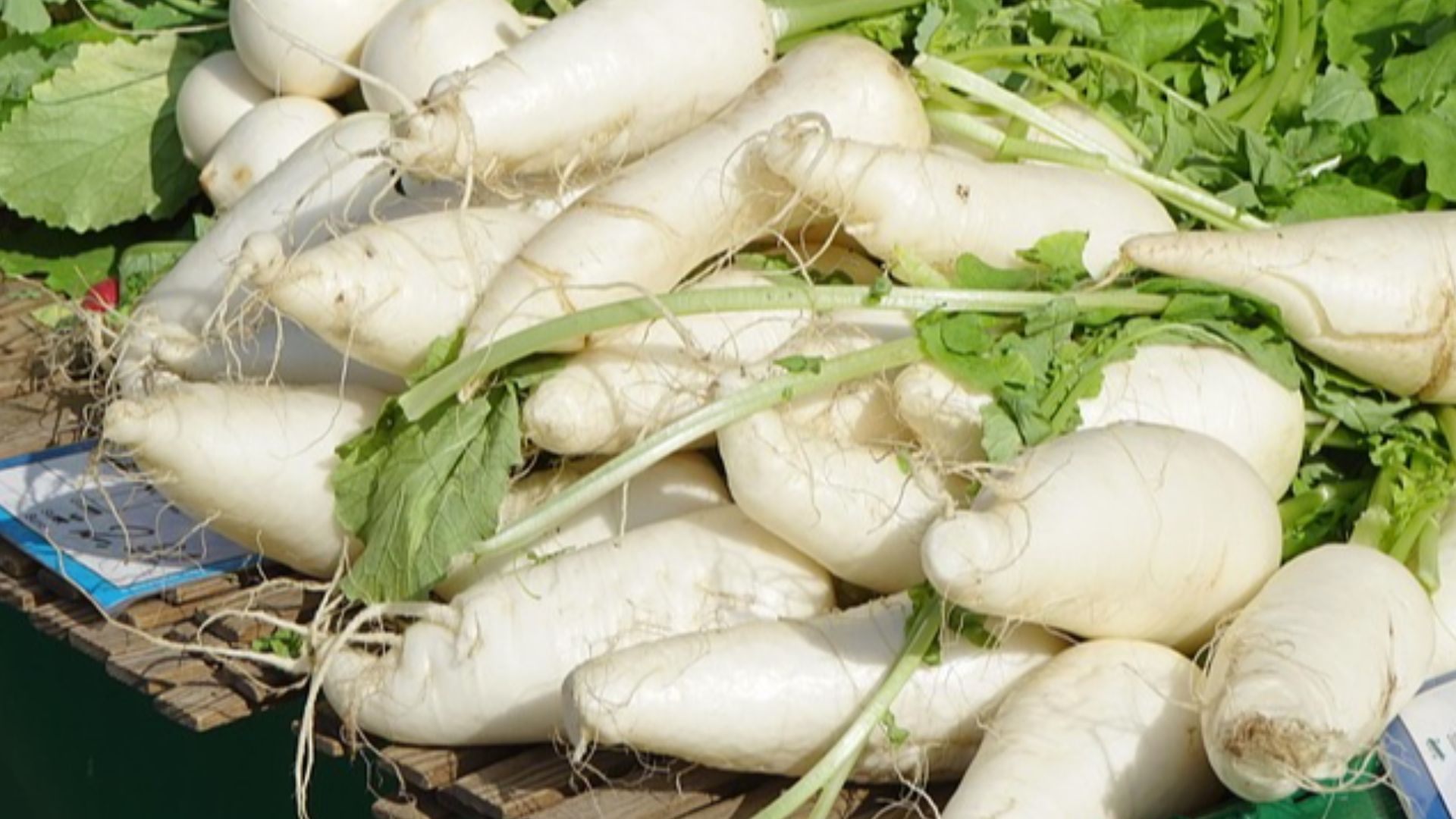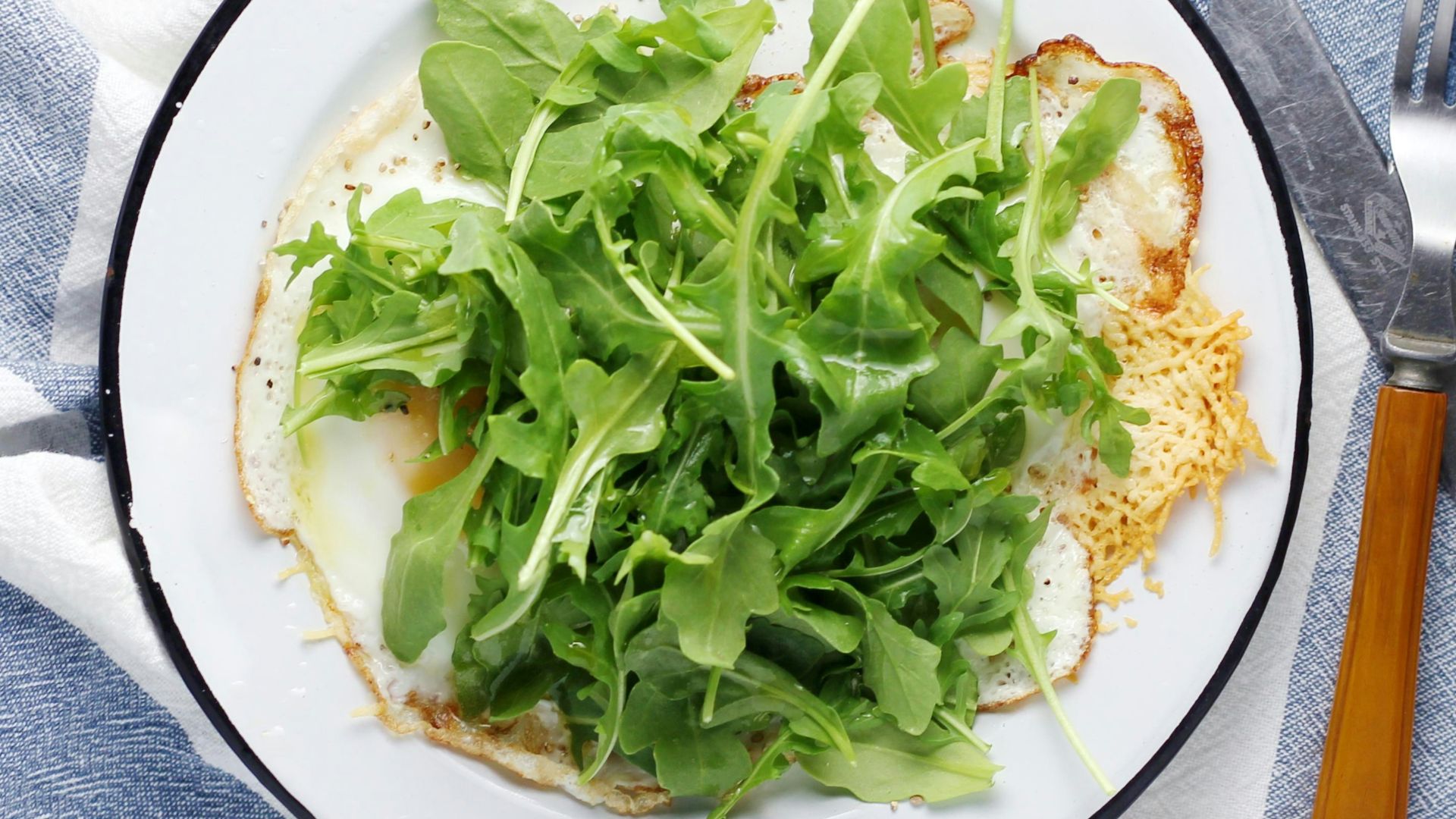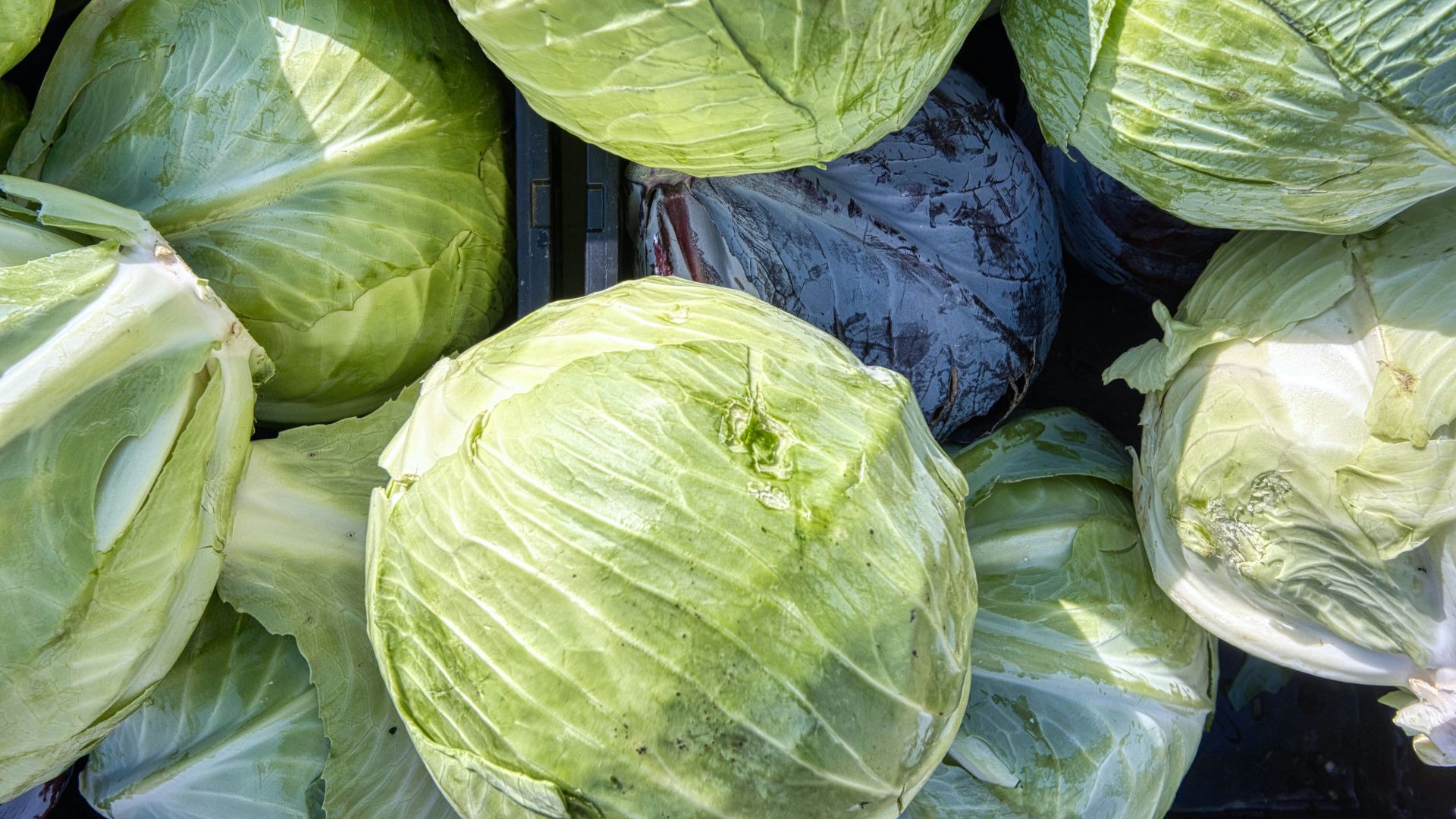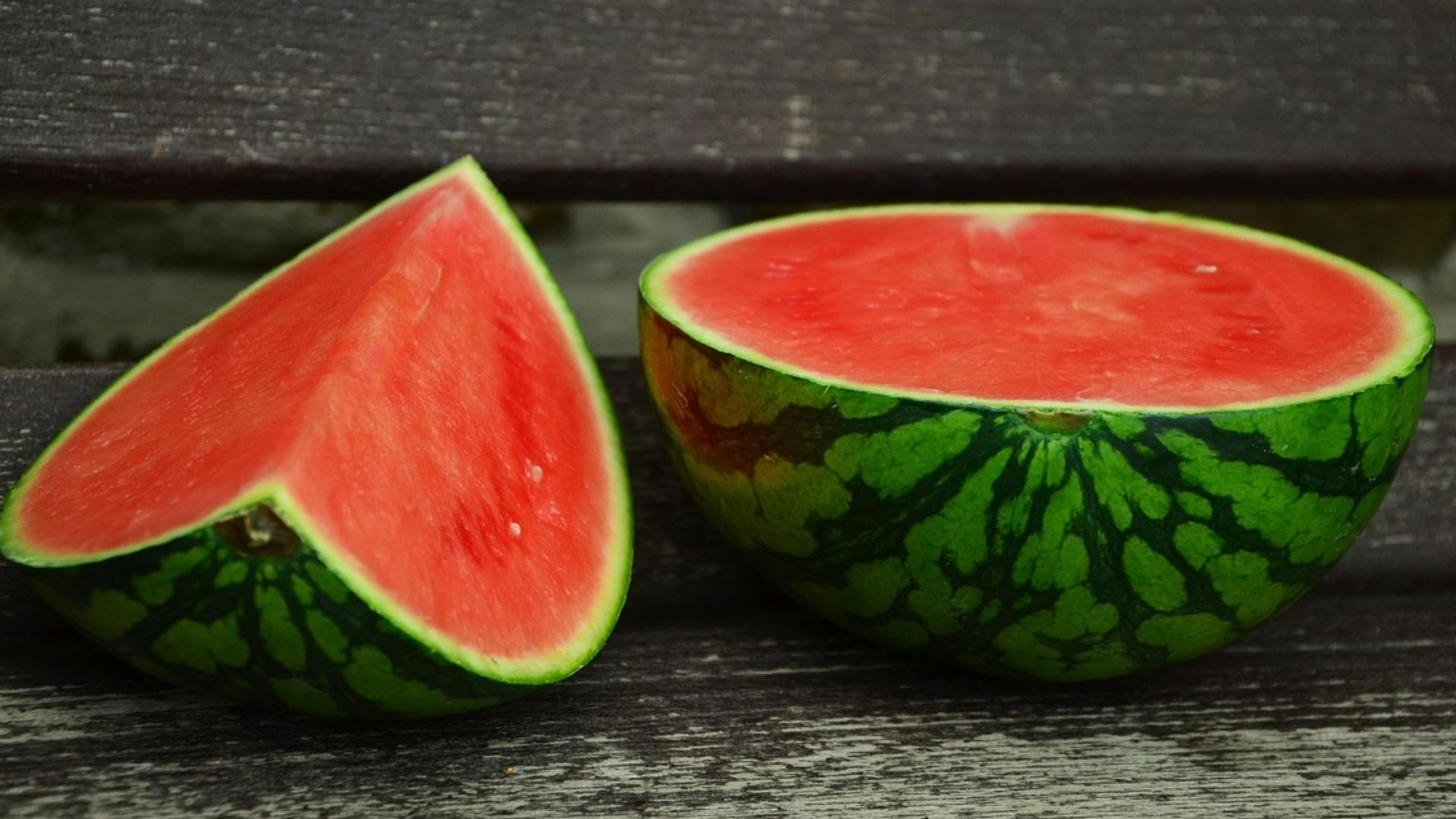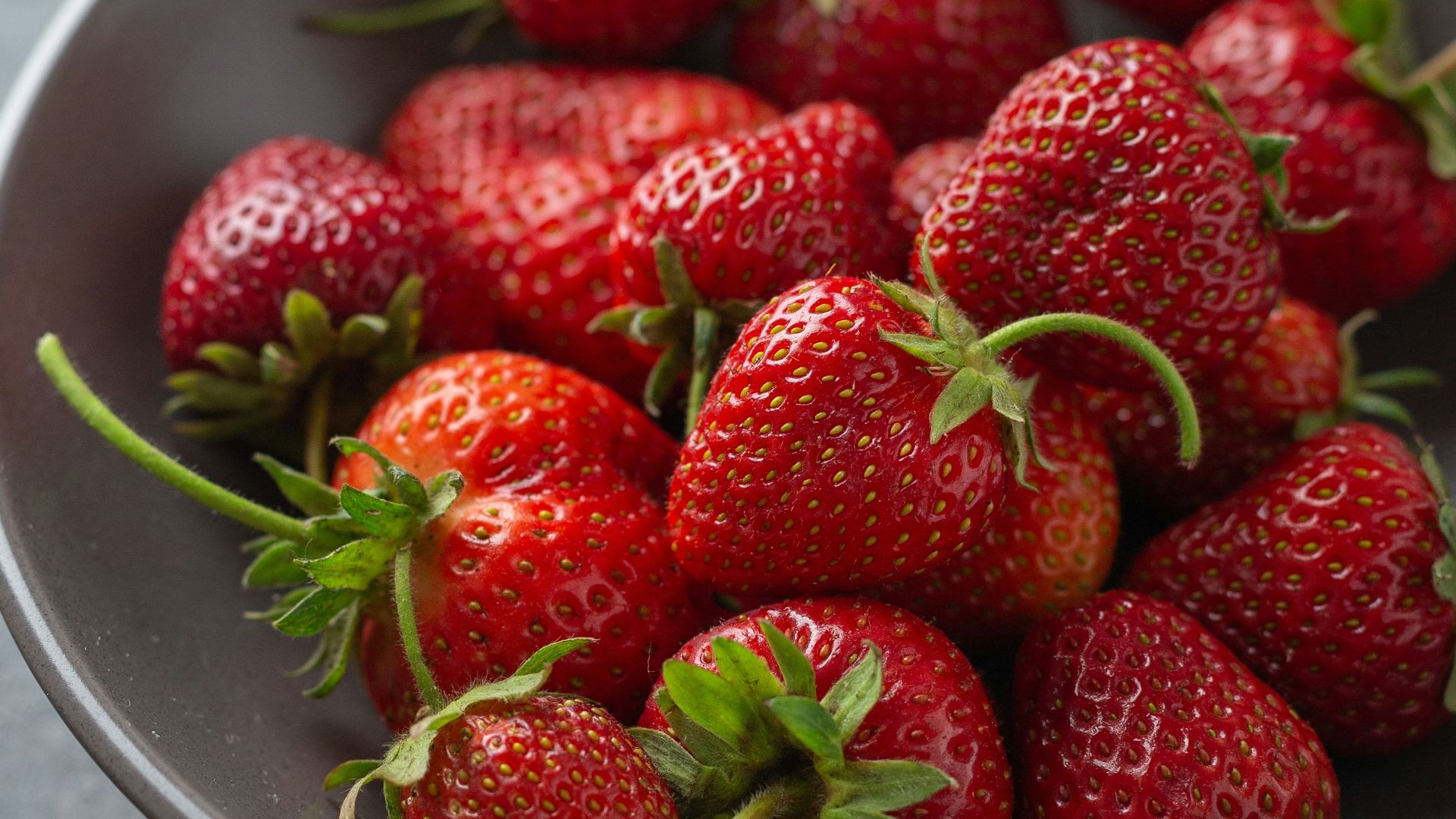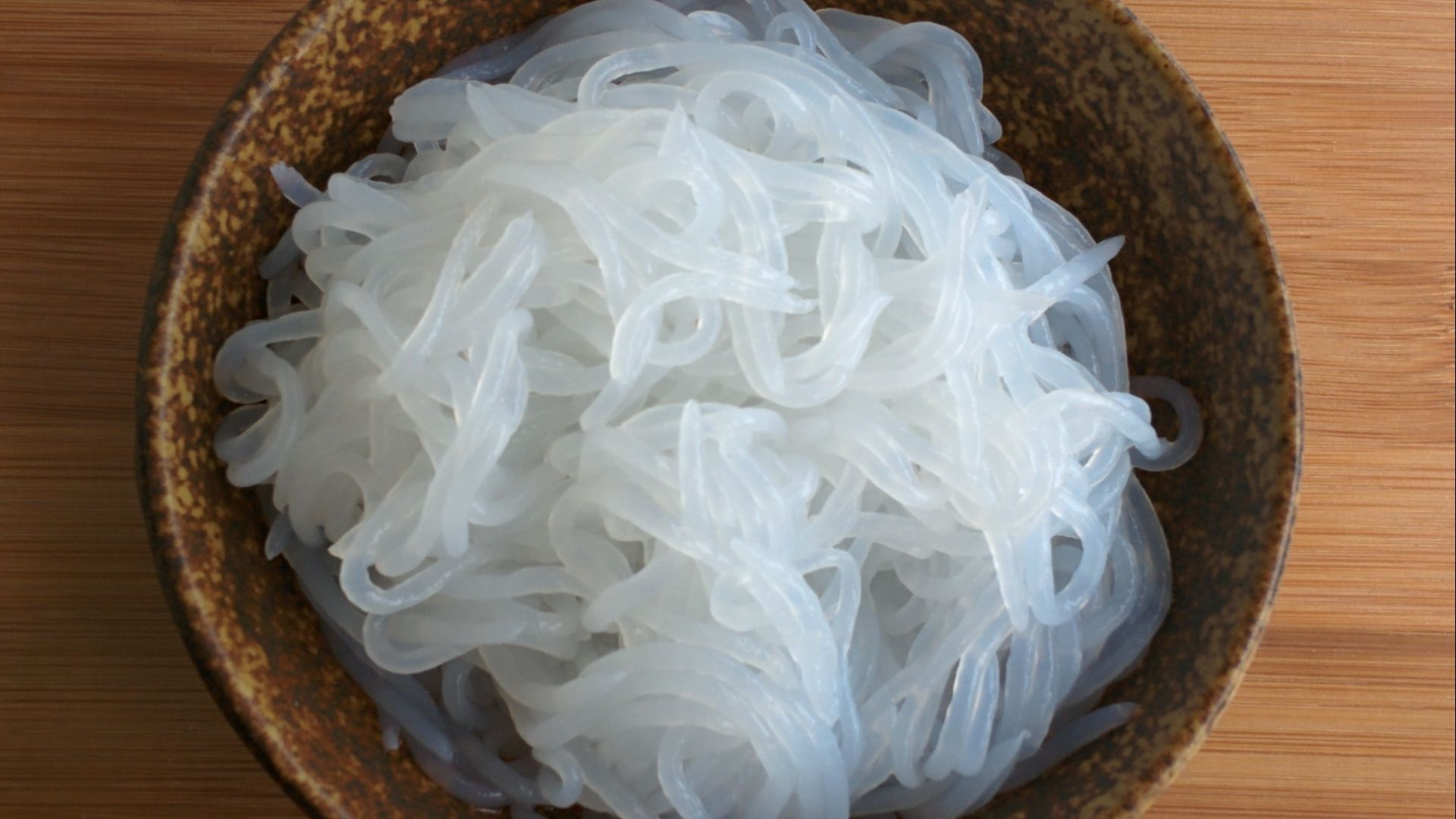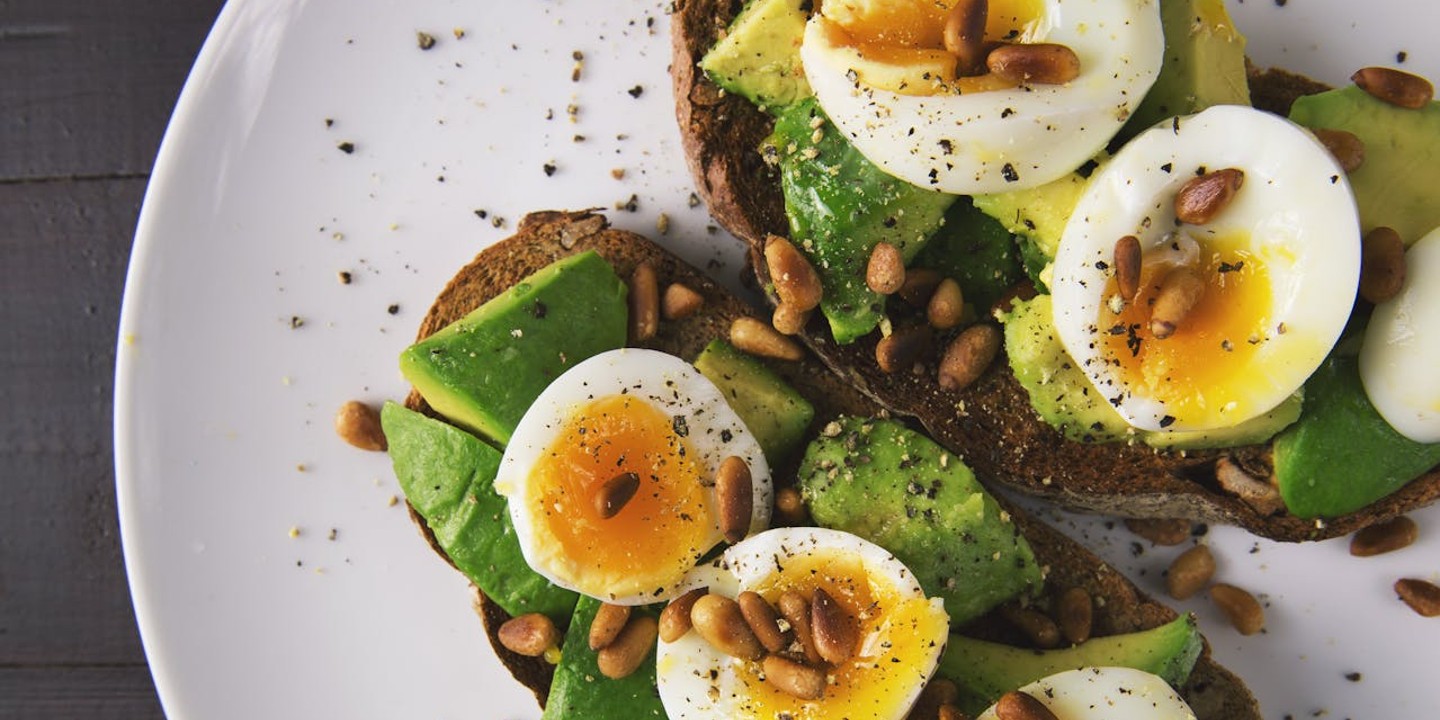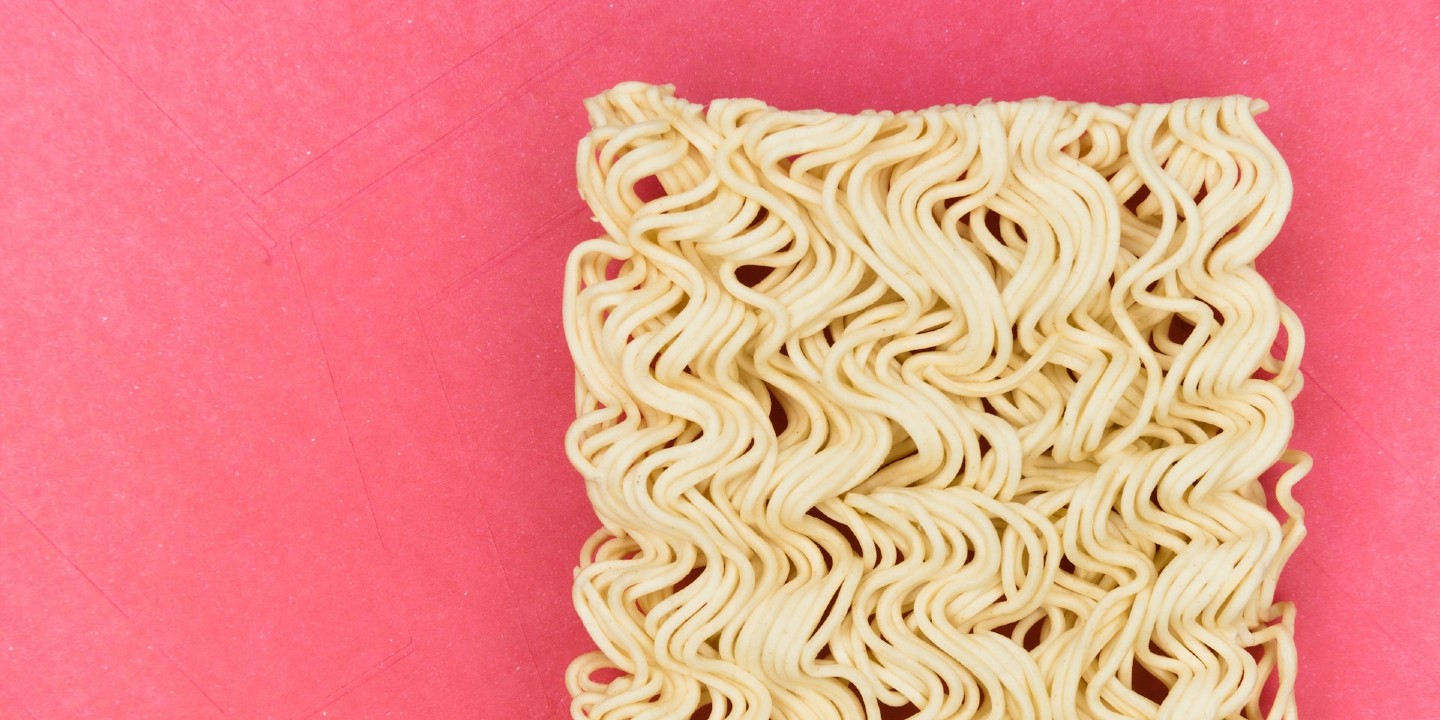Foods Without Limits
Ever feel guilty about eating too much salad? Some foods just don’t demand restraint. They offer high nutrition with barely any calories. This list focuses on the kind you can enjoy without measuring or counting. Real food, real benefits—no portion drama attached. Just one note: even healthy foods can cause issues if you're allergic or sensitive, so always check. Of course, everything has its limits—but chances are you won't reach them with these foods!
1. Spinach
Spinach works overtime for your body. It’s packed with vitamin K and iron while staying incredibly low in calories—a full cup has only 7. It bulks meals without bulking you. That’s what makes spinach such a reliable, everyday green. It is powerful but never pushy.
2. Cucumber
Cucumbers are crisp, clean, and made of 95% water. Each bite cools you down while delivering trace minerals like potassium and magnesium. Their natural diuretic effect can reduce bloating, especially on hot days. It’s one of the few snacks that refreshes as much as it satisfies.
3. Zucchini
Zucchini blends into nearly any dish. One medium piece gives you vitamin C with only 33 calories. Its neutral flavor and low energy density make it ideal for volume eating. Zucchini fills the plate but keeps the total low.
4. Broccoli
You might not crave broccoli, but your body does. This veggie is rich in fiber and supports digestion long after your plate is empty. It also contains sulforaphane, a compound researched for its anti-inflammatory and potential cancer-fighting properties.
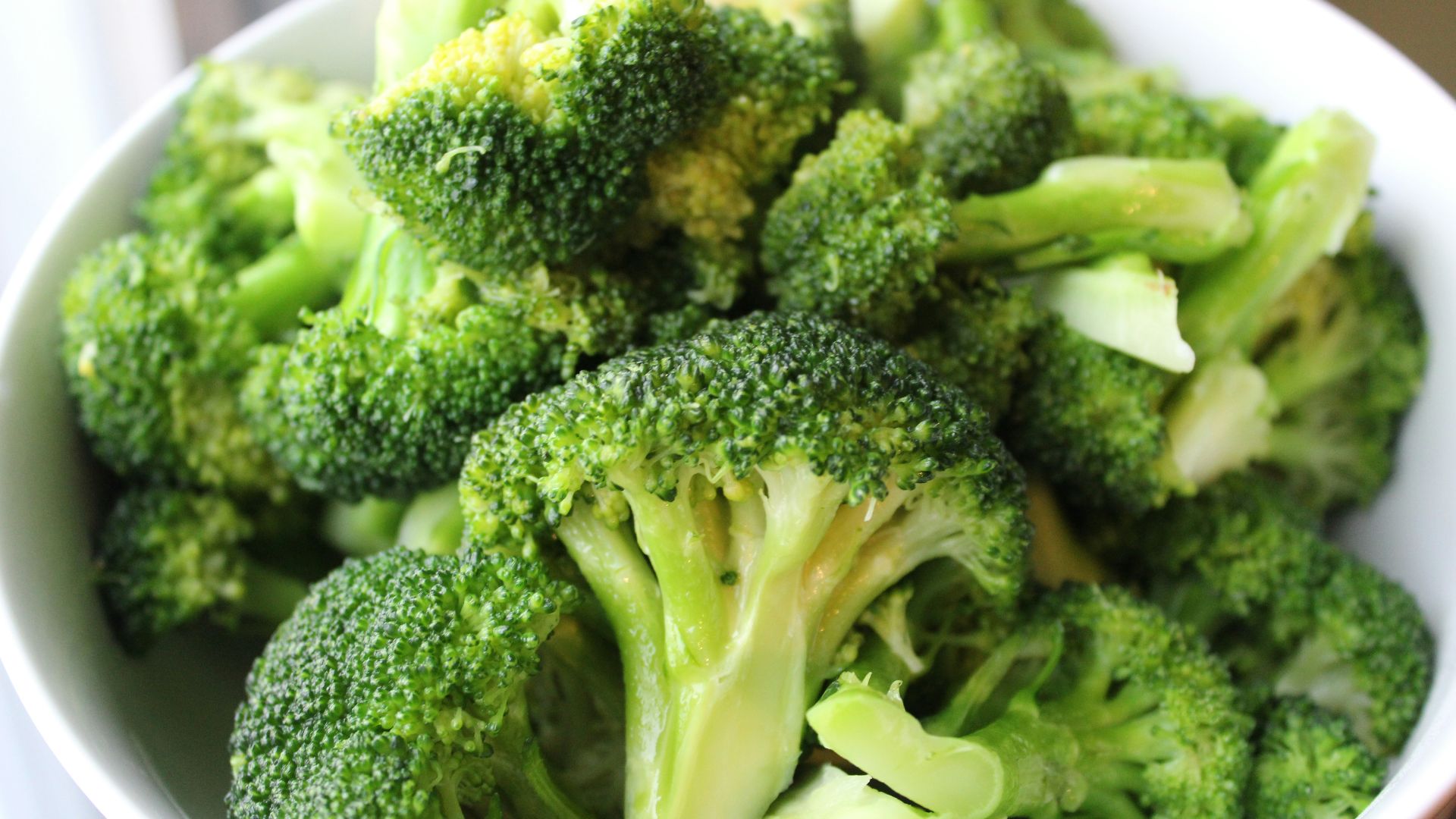 Tyrrell Fitness And Nutrition on Unsplash
Tyrrell Fitness And Nutrition on Unsplash
5. Cauliflower
Cauliflower flies under the radar, but its benefits run deep. It delivers a solid dose of fiber and vitamin C for minimal calories—just 25 per cup. Compounds like glucosinolates support detox processes in the body. Cauliflower is subtle in flavor but strong in function.
6. Tomatoes
Tomatoes are a feel-good, eat-often kind of food. They bring brightness to any plate. Whether you roast them or slice them raw, tomatoes offer a mix of hydration and flavor with only 22 calories each. Plus, lycopene, present in tomato skin, is an antioxidant your body loves.
7. Celery
Celery is light, crisp, and surprisingly filling. Each stalk is under 10 calories yet delivers water and fiber that help tame hunger. Celery is also naturally low in sugar, which makes it a smart choice for steady energy.
8. Lettuce
A full head of lettuce clocks in at under 50 calories. Romaine gives you vitamin A, while the butterhead kind is known for its gentle texture. Despite its lightness, lettuce adds bulk that helps meals feel complete. A clean, reliable green with built-in restraint.
9. Mushrooms
Mushrooms bring depth to dishes without adding bulk to your calorie count. They contain selenium and B vitamins in just 15 calories per cup. Mushrooms also support immune function, offer antioxidant properties, and satisfy with a richer taste—all without the heaviness.
10. Kale
Kale carries a certain energy. It's bold, fibrous, and full of nutrients people love to argue about. Calcium, vitamin K, and antioxidants stack up in every leaf. The taste? Strong. The texture? Unapologetic. And it sticks with you, not just on your plate, but in your system. It's not that you can't eat too much of it—you simply just won't want to.
11. Bell Peppers
Their sweetness feels like a cheat, but it's not. Bell peppers carry a surprising amount of vitamin C, especially the red ones. One crisp bite feels light, not empty. Behind the bright colors are carotenoids that your vision will appreciate. It’s a rare case of flavor doing double duty!
12. Asparagus
Not everything needs to be flashy to be effective. Asparagus is high in folate and potassium, supports gentle detox through natural diuretic properties, and clocks in under 30 calories per serving. Moreover, it contributes to gut health and hormone balance.
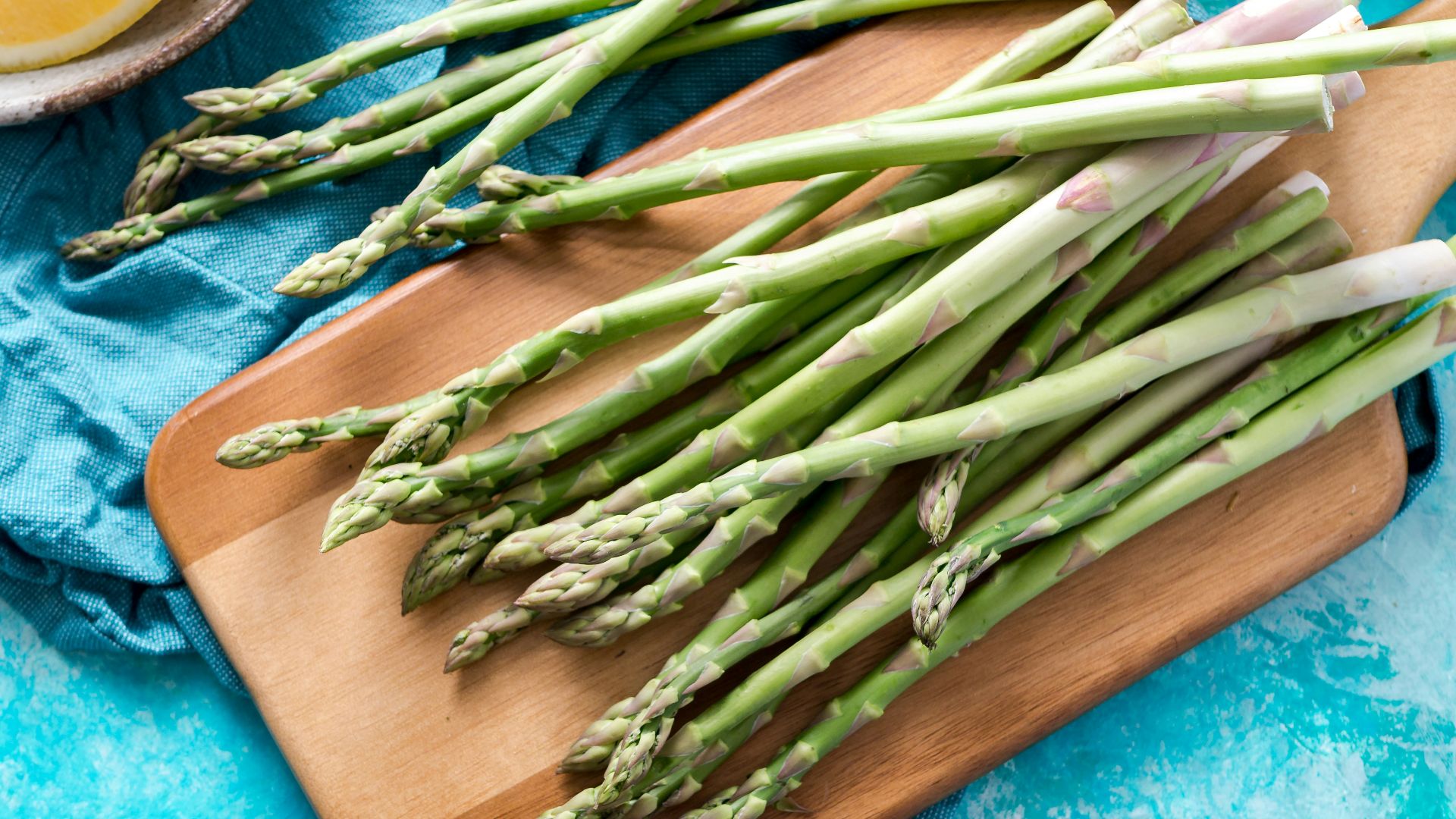 Christine Siracusa on Unsplash
Christine Siracusa on Unsplash
13. Radishes
Sharp on the tongue and low on the scale, radishes are packed with vitamin C and water. Early studies suggest they may help support liver function, too. At just 19 calories per cup, radishes refresh you fast without any lingering aftereffects.
14. Arugula
Bitterness signals strength, and arugula doesn't hold back. Behind the sharp bite is a combination of vitamin K, calcium, and natural nitrates (all nutrients linked to circulation and bone health). It punches above its weight nutritionally, and at just five calories per cup, it won't slow anything down.
15. Cabbage
Cabbage provides insoluble fiber that feeds gut bacteria and supports digestion. Both green and red types are rich in vitamin C. The calorie count stays low, even in generous portions. This vegetable might not draw attention, but it’s one of the most efficient ones in any kitchen.
16. Seaweed
From iron to iodine, seaweed offers nutrients that most vegetables can’t. It supports thyroid function and may even help regulate hormones due to its unique mineral profile. Just a few sheets provide real value, all while adding almost nothing to your calorie count.
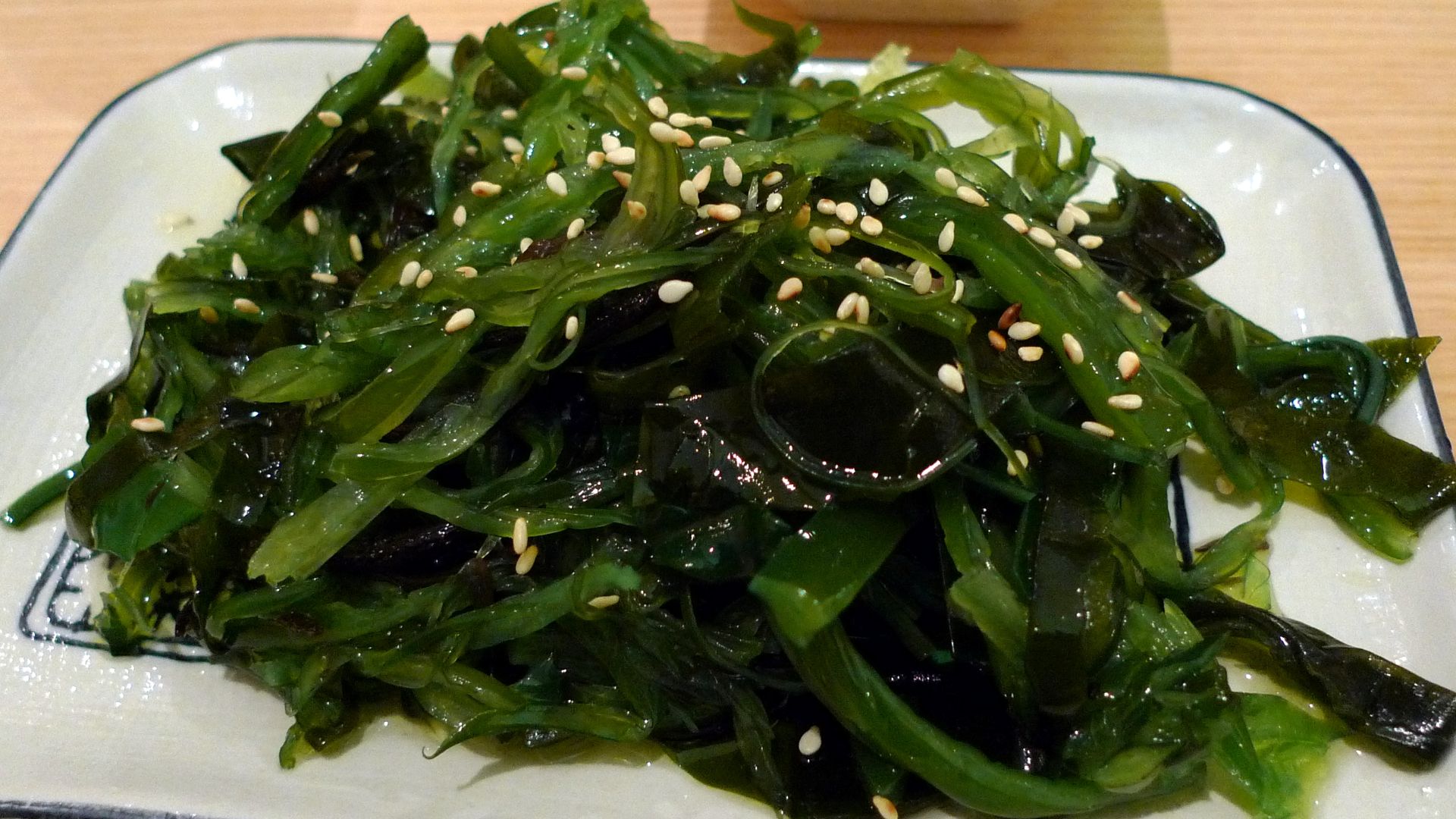 Ewan Munro from London, UK on Wikimedia
Ewan Munro from London, UK on Wikimedia
17. Watermelon
There’s more happening under that pink flesh than you'd expect. Watermelon hydrates, sure. But it also delivers citrulline, a compound that may help circulation. And because it’s low in sugar by volume, it satisfies you fast without crashing you later.
18. Strawberries
Strawberries smell indulgent and taste like something that should be off-limits. The truth is that they carry anthocyanins and vitamin C without the sugar spike. Plus, their sweetness comes with a side of anti-inflammatory support. That balance is what makes them such a great sweet fruit.
19. Blueberries
These aren’t just a breakfast topping. Flavonoids in blueberries have been shown to support memory, reduce oxidative stress, and possibly improve insulin response. Their color signals their strength. Most servings stay under 85 calories, even as their benefits extend far beyond the plate.
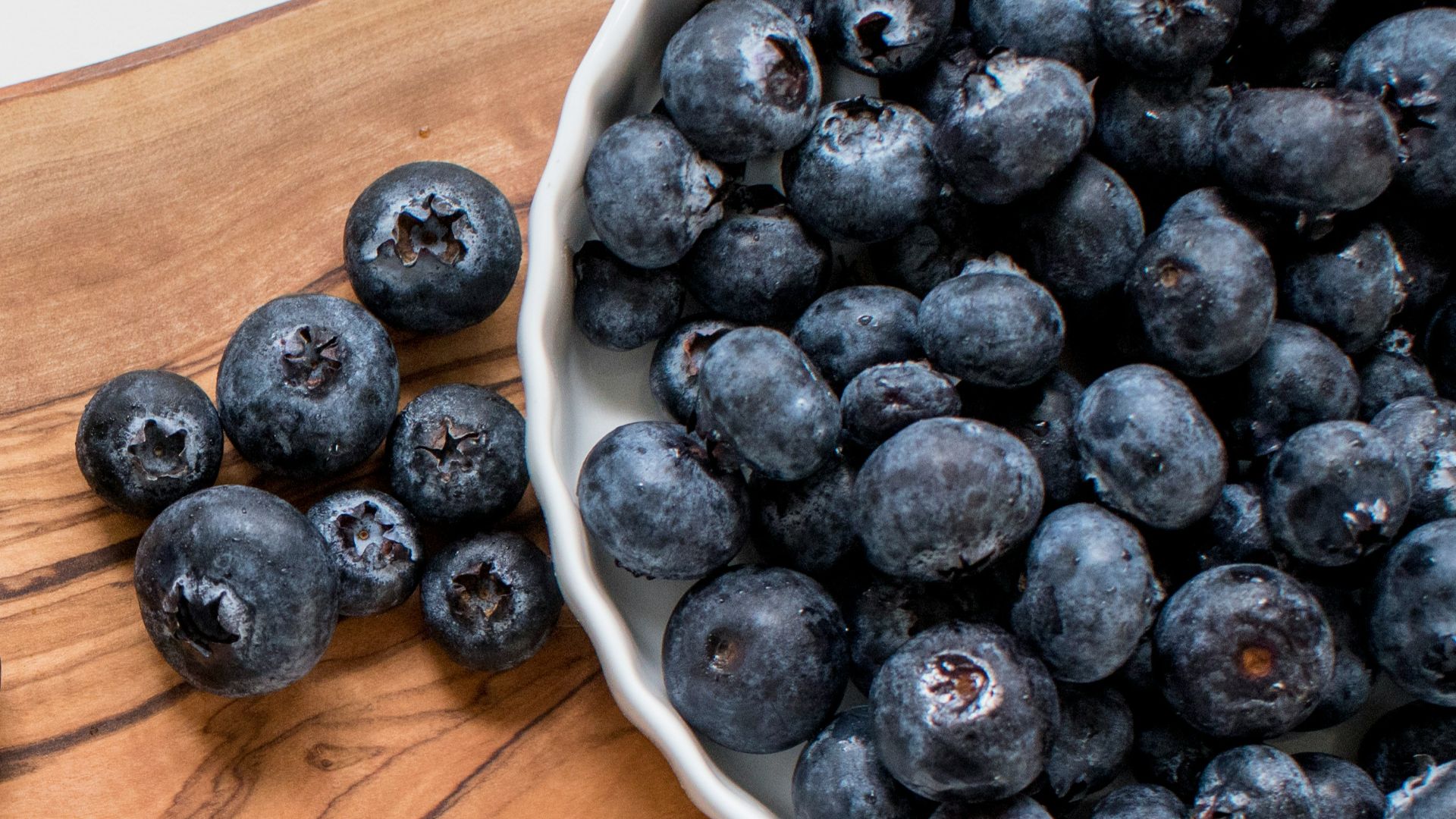 Davies Designs Studio on Unsplash
Davies Designs Studio on Unsplash
20. Shirataki Noodles
They look suspiciously like spaghetti. But shirataki noodles are mostly fiber and water. There are almost no calories, no starch, and barely any taste. That's not a flaw. It's a feature. Shirataki Noodles are great for your gut health and easy on your plate.


